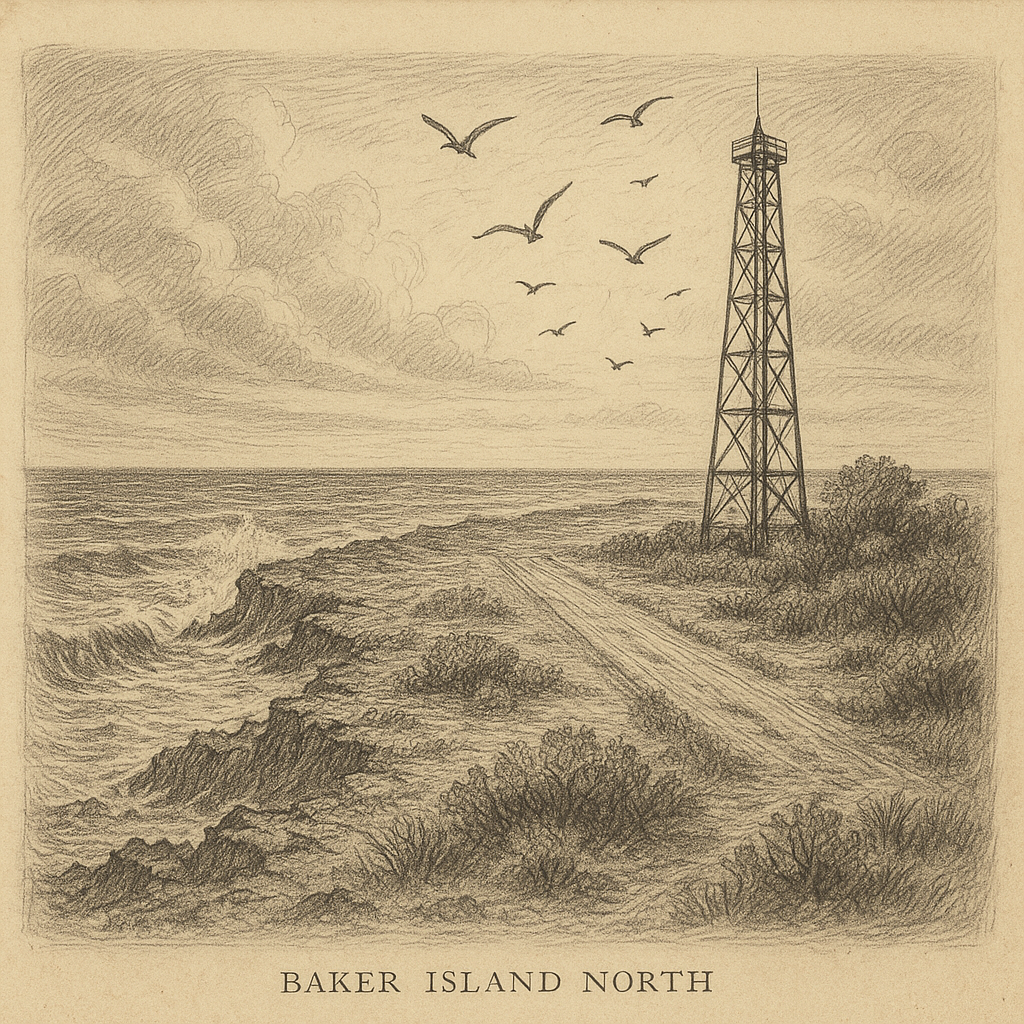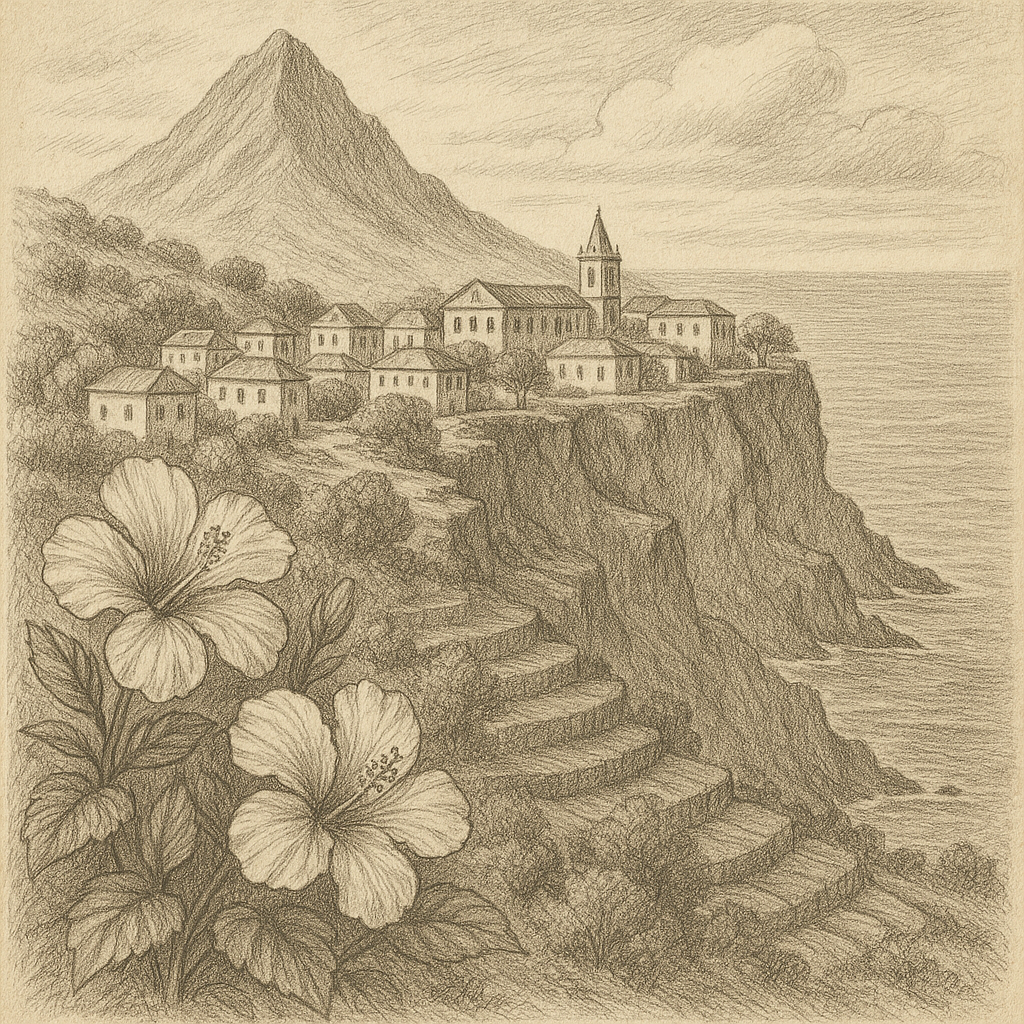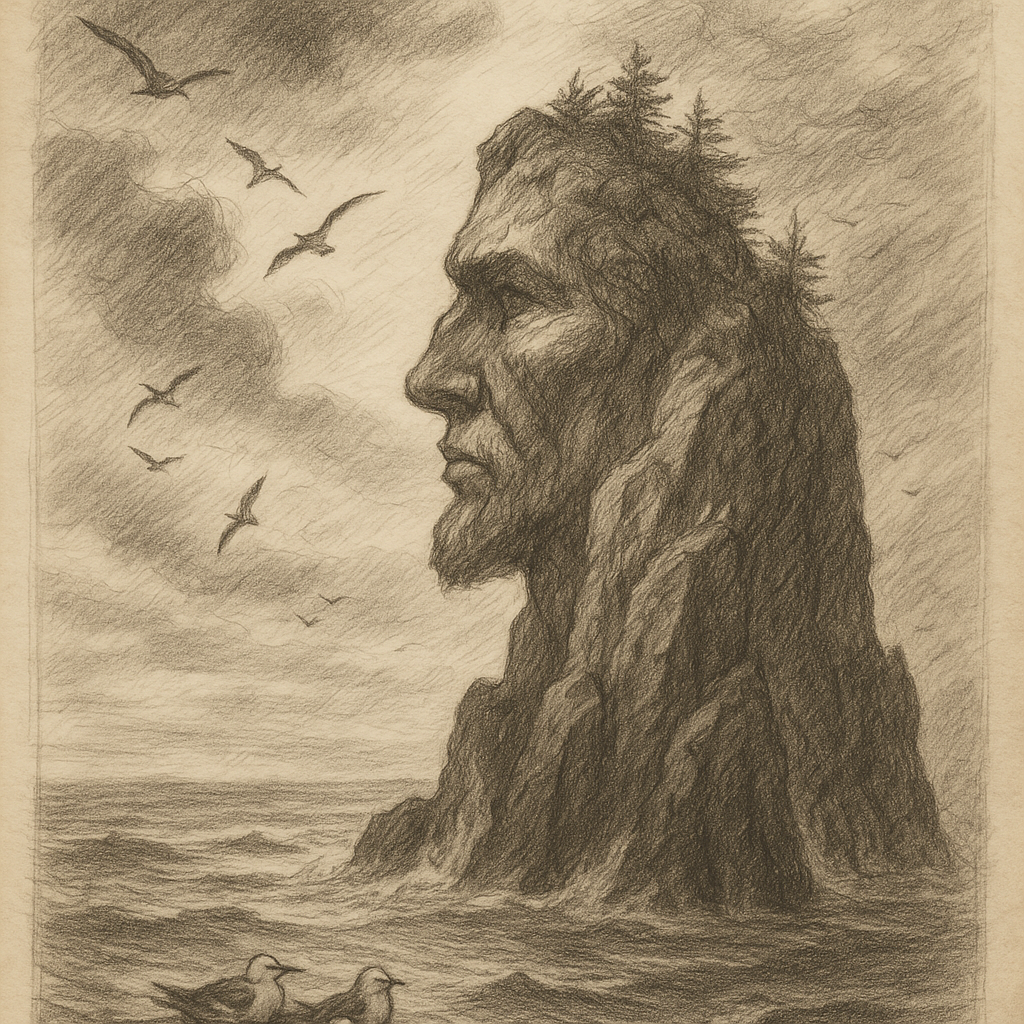Norfolk Island: A Remote Jewel of the South Pacific
Norfolk Island, a remote and lush island located in the South Pacific Ocean, lies roughly halfway between Australia, New Zealand, and New Caledonia. Despite its small size — approximately 35 square kilometers — Norfolk Island is rich in history, natural beauty, and cultural intrigue. Today, this isolated Australian external territory continues to enchant visitors with its dramatic cliffs, pine forests, and a legacy that spans centuries.
Geographic and Geological Context
Norfolk Island is situated about 1,400 kilometers east of mainland Australia and 900 kilometers northwest of New Zealand. It is one of the three main islands that make up the Norfolk Island group, along with Nepean Island and Phillip Island. Geologically, Norfolk Island is of volcanic origin, created some 2–3 million years ago during the late Pliocene epoch as part of a now-extinct underwater volcano located on the Norfolk Ridge.
The island rises sharply from the seafloor, framed by sheer cliffs and rugged shorelines. Mount Bates, the island’s highest point, peaks at 319 meters above sea level. The island’s lava foundation has also led to the formation of basalt-based soils which support a rich diversity of terrestrial and marine life.
Flora, Fauna and Conservation
Due to its geographical isolation, Norfolk Island hosts a unique blend of subtropical ecosystems. Much of its natural vegetation was originally dominated by the native Norfolk Island pine (Araucaria heterophylla), a towering conifer that has become an iconic symbol of the island and is featured on its flag.
The island’s remnant forests are vital to several endemic species, including the Norfolk Island parakeet and the Norfolk Island morepork (a subspecies of owl). In addition to its rare birdlife, the surrounding reefs and waters support diverse marine life including coral species, green turtles, and humpback whales that migrate through its waters.
Efforts to preserve these delicate ecosystems have intensified in recent decades. Phillip Island, for instance, underwent dramatic degradation due to introduced species but is now undergoing an ambitious regeneration program aimed at restoring native vegetation and stabilizing wildlife populations.
Historical Background
Norfolk Island has a varied and layered human history. It was originally settled by Polynesians, traces of whom still exist in the island’s archaeological record. The island was discovered by Captain James Cook in 1774 during his second voyage to the South Pacific, who praised its towering pines and fertile soils as potentially useful to the British Navy.
In 1788, Norfolk became a penal colony shortly after the establishment of Sydney. It served as one of the harshest penal outposts in the British Empire until its closure in 1814, and again from 1825 to 1855. Following the end of its penal era, the island was resettled by descendants of the Bounty mutineers from Pitcairn Island in 1856, many of whom remain the ancestors of current inhabitants.
Today, their unique blend of European and Polynesian heritage can be seen in the local language (Norf’k), customs, and the culture of the island’s around 1,750 residents.
Interesting Facts about Norfolk Island
- A Unique Language: Norf’k is a creole language combining 18th-century English and Tahitian, spoken by descendants of the Bounty’s mutineers. It is officially recognized as one of the island’s official languages alongside English.
- Stamp Collectors’ Paradise: Norfolk Island has issued its own postage stamps since 1947, which are considered highly collectible and reflect the island’s cultural history and biodiversity.
- One of the Oldest Trees: Some Norfolk Island pines on the island are believed to be several hundred years old, serving as living testaments to the island’s enduring natural heritage.
- Self-Governance Milestone: In 1979, Norfolk Island was granted limited self-governance by the Australian government, although this was later rolled back in 2015 as part of administrative reforms.
- No Need for a Passport: Although an Australian territory, Norfolk Island had unique immigration policies until recently, allowing for travel from Australia without a traditional passport, though ID is required.
Legends and Lore
Like many isolated islands, Norfolk has a rich oral tradition and quite a few legends that continue to intrigue both locals and visitors alike. One persistent legend tells of ghostly sights and unexplained noises emanating from the old penal colony ruins at Kingston, a UNESCO World Heritage Site. It is believed by some that the spirits of former convicts still roam the site, particularly around the remains of the gaol and the cemetery.
Another tale shared among locals is that of ‘The Watcher on Mount Pitt’, a spectral figure said to appear during moonlit nights, standing silently and surveying the ocean as if awaiting the return of a lost ship. The origin of this story remains unclear, yet many locals continue to share their own unexplained experiences near the peak.
Additionally, older residents recount stories tied to ancient Polynesian settlements, including the discovery of stone tools and cooking stones in secluded parts of the island. Some believe that the spirits of these early settlers still linger in the winds that whip through the island’s coastal cliffs and secluded forests.
Modern Life and Tourism
Norfolk Island today is a peaceful community that offers an escape from the hurry of modern life. Tourism is the mainstay of its economy, and visitors can enjoy walking trails, historical tours, and water-based activities such as snorkeling and kayaking. The laid-back pace, combined with a mild subtropical climate, makes it a destination of choice for nature lovers and history enthusiasts.
Local celebrations, such as Anniversary Bounty Day held every June 8th, showcase the culture and pride of Norfolk’s residents. On this day, descendants of the Pitcairn settlers don period clothing, re-enact the landing of their ancestors, and share traditional meals that blend Polynesian and European flavors.
Access and Conservation Measures
Access to Norfolk Island is possible via regular commercial flights from Australia and New Zealand, with tourism carefully managed to protect local ecosystems. Conservation initiatives continue to address the impact of invasive species such as rats and feral chickens, while reforestation and marine protection zones help maintain the island’s unique biodiversity.
With its combination of natural beauty, historical intrigue, and cultural richness, Norfolk Island remains one of the South Pacific’s hidden treasures — an island where the past and present coexist in quiet harmony.


